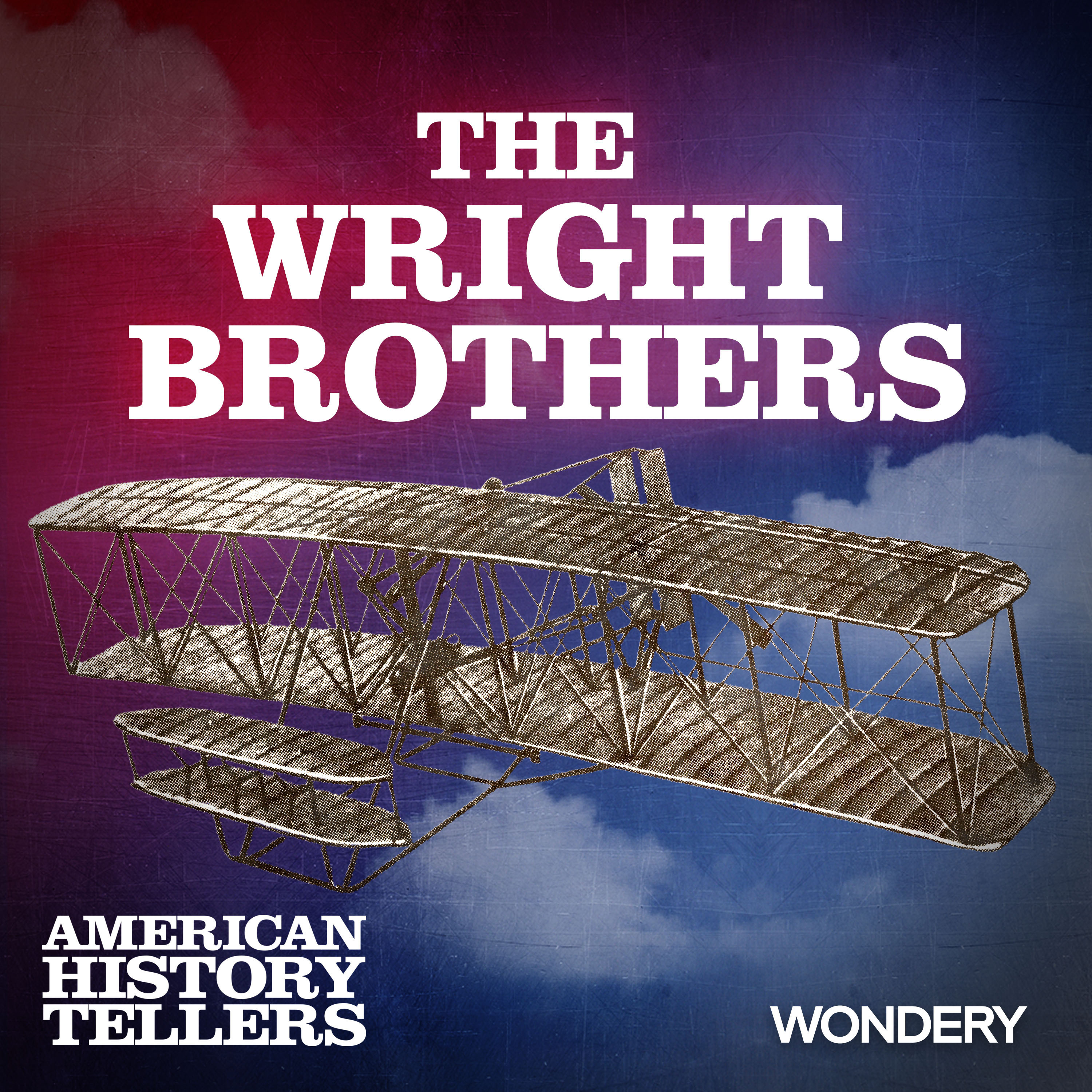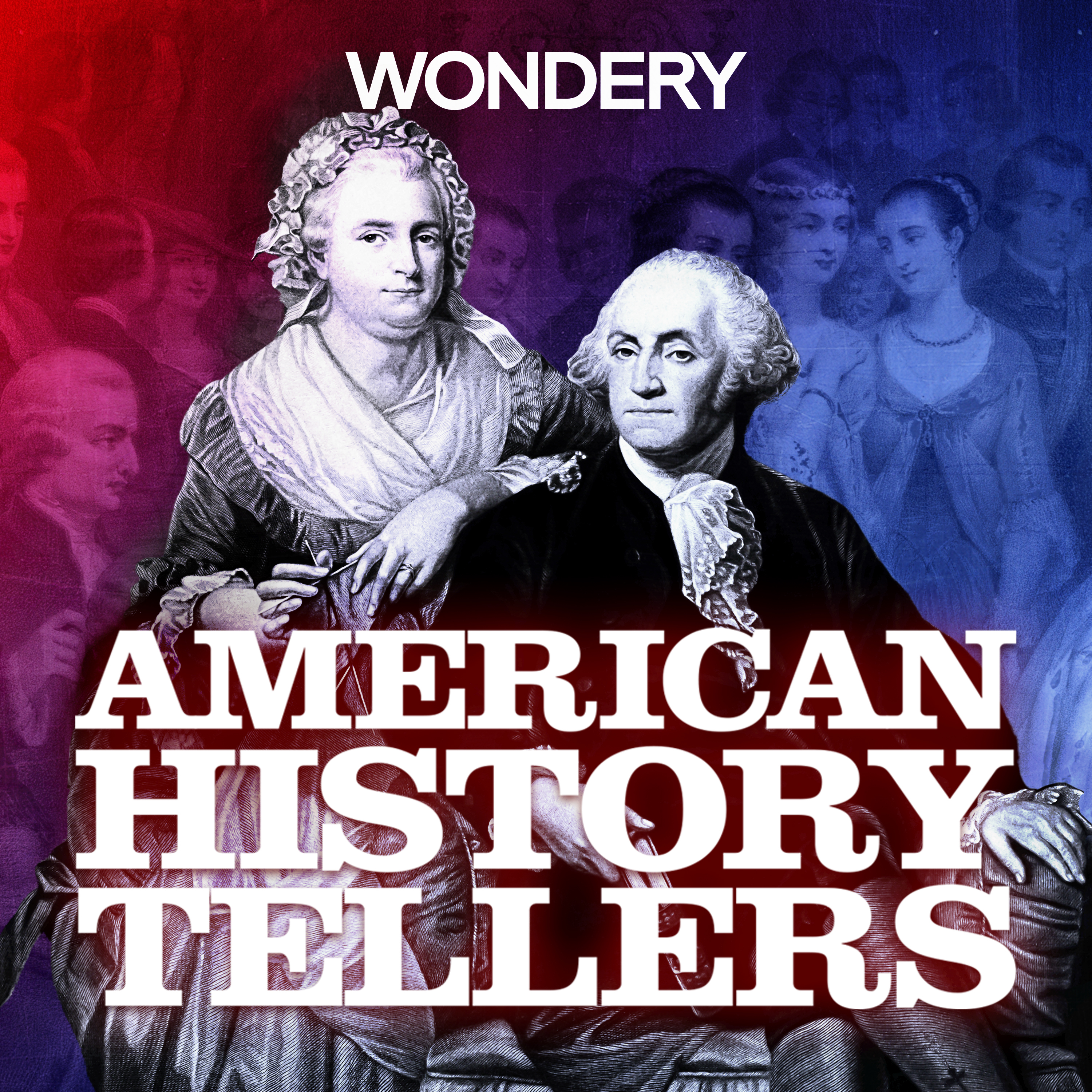
The Wright Brothers | Fliers or Liars | 2

American History Tellers
Deep Dive
Why did Samuel Langley's Aerodrome fail in 1903?
Samuel Langley's Aerodrome failed due to technical issues and poor weather conditions. On October 7, 1903, it crashed into the Potomac River during its first test flight. A second attempt on December 8 also ended in failure when the machine flipped over immediately after launch, nearly drowning the pilot. Langley had invested $70,000, including $20,000 of his own money, but the Aerodrome was unable to achieve flight.
What was the significance of the Wright Brothers' flight on December 17, 1903?
On December 17, 1903, Orville Wright made the first controlled, powered flight in history at Kitty Hawk, North Carolina. The Flyer traveled 120 feet in 12 seconds. Later that day, Wilbur Wright achieved the longest flight, covering 852 feet in 59 seconds. This marked a groundbreaking achievement in aviation, proving that motorized, heavier-than-air flight was possible.
How did the Wright Brothers develop their engine for the Flyer?
The Wright Brothers initially sought an engine from automobile manufacturers but failed to find one suitable for their Flyer. Charlie Taylor, a mechanic who worked in their bicycle shop, built a custom four-cylinder engine from scratch. The engine weighed 150 pounds, produced eight horsepower, and was powered by gasoline. This lightweight, powerful engine was crucial for their successful flight in 1903.
Why did the Wright Brothers keep their flight experiments secret?
The Wright Brothers kept their flight experiments secret to protect their invention from competitors and to ensure they could secure a patent. They feared that publicizing their work too early could lead to others copying their designs. This secrecy extended to their decision not to share photographs or detailed descriptions of their Flyer until they were ready to commercialize it.
What challenges did the Wright Brothers face at Huffman Prairie in 1904?
At Huffman Prairie, the Wright Brothers faced challenges such as gopher holes, which required extensive preparation to level the field. They also struggled with achieving sustained flight due to insufficient wind. To overcome this, they built a 250-foot launch track with a catapult system to provide the necessary lift. Despite early setbacks, they eventually achieved longer flights, including Wilbur's half-mile flight on September 15, 1904.
How did the Wright Brothers respond to Samuel Langley's failures?
The Wright Brothers defended Samuel Langley, crediting him for his moral courage and contributions to aviation. Despite Langley's public ridicule after his Aerodrome crashes, Wilbur Wright criticized the press for their harsh treatment. The brothers recognized Langley's influence on their own work and avoided mocking his failures, focusing instead on their own progress.
What was the public reaction to the Wright Brothers' first flights?
The public reaction to the Wright Brothers' first flights was mixed. While their telegram announcing the success was intercepted and reported inaccurately, it sparked widespread interest. However, many newspapers dismissed their achievements, and skepticism persisted until they began public demonstrations in 1908. Their first photograph of the Flyer in action, taken by a lifeguard, was not shared publicly until 1904 to counter misinformation.
Why did the Wright Brothers stop testing at Kitty Hawk after 1903?
The Wright Brothers stopped testing at Kitty Hawk after 1903 because they no longer needed the sandy slopes and gusty winds for their experiments. With their Flyer's engine and propellers working, they sought a flat, open testing ground closer to their home in Dayton, Ohio. They chose Huffman Prairie, a 100-acre cow pasture, where they continued refining their aircraft.
What was the significance of Wilbur Wright's flights in Europe in 1908?
Wilbur Wright's flights in Europe in 1908 were significant because they proved the capabilities of the Wright Flyer to skeptical European audiences. His demonstrations, including figure eights and banked turns, showcased his piloting skills and the Flyer's advanced design. These flights silenced critics, earned widespread acclaim, and marked the beginning of a new era in aviation.
How did the Wright Brothers' patent struggles impact their business?
The Wright Brothers' patent struggles delayed their ability to commercialize their invention. They refused to give public demonstrations or sell their Flyer until their patent was approved, which took three years. This hesitation caused potential buyers, including the U.S. War Department and European investors, to question the validity of their claims. Despite these challenges, they eventually secured patents and began negotiations with buyers.
- Langley's Aerodrome crashed twice into the Potomac River.
- The project cost $70,000 of public and private funds.
- The failures contrasted with the Wright brothers' successes.
Shownotes Transcript
By 1903, inventors and adventurers in Britain and France were launching their own experimental aircraft skyward. In the U.S., crowds gathered outside Washington, D.C. to see Samuel Langley of the Smithsonian Institution test his highly-anticipated “aerodrome”, only to watch the machine crash in the Potomac River. But on December 17th, 1903, on the sand dunes of North Carolina’s Outer Banks, Wilbur Wright climbed onto the lower wing of his homemade “Flyer” to make history.
Order your copy of the new American History Tellers book, The Hidden History of the White House, for behind-the-scenes stories of some of the most dramatic events in American history—set right inside the house where it happened.
Be the first to know about Wondery’s newest podcasts, curated recommendations, and more! Sign up now at https://wondery.fm/wonderynewsletter
Listen to American History Tellers on the Wondery App or wherever you get your podcasts. Experience all episodes ad-free and be the first to binge the newest season. Unlock exclusive early access by joining Wondery+ in the Wondery App, Apple Podcasts or Spotify. Start your free trial today by visiting wondery.com/links/american-history-tellers/ now.
See Privacy Policy at https://art19.com/privacy) and California Privacy Notice at https://art19.com/privacy#do-not-sell-my-info).